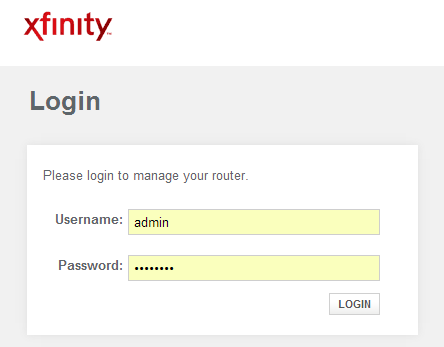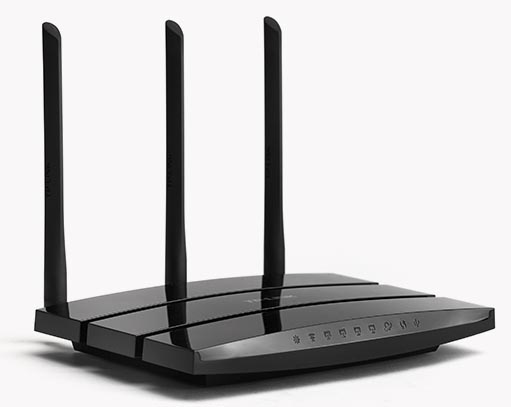10.0.0.1 is a class A IP address reserved for private networks. Router brands such as Comcast Xfinity and some Cisco routers use this IPv4 address as their default gateway address. Other commonly used IP addresses for home networks are 192.168.1.1 and 192.168.0.1.
Unlike public IP addresses (if you are using a dial-up network, you can check your public IP at many websites), which must be unique across the Internet, 10.0.0.1 must be unique within its local area network. Please don’t mistake it for 10.0.0.0.1, which is not a valid IP address. So, using this IP address to set up your network is very convenient, such as a company’s or a school’s local network.
How to Login to 10.0.0.1?
To log in to the admin panel at 10.0.0.1, follow these steps:
- Open your browser, enter http://10.0.0.1 or 10.0.0.1 in the address bar, then hit enter.
- Once the page loads in the web browser, a login page will appear, asking for the admin username and password.

- You need to enter a username and password, which are usually marked at the back of the router.
- After that, you will be taken to the admin panel, where you will see menus and settings for making changes, such as WIFI, LAN, and WAN settings.
Since 10.0.0.1 is an IPv4 address, you can access it from any device with network connectivity, such as your smartphone or PC.
Forgot Router Username and Password?
If you don’t know or have forgotten the username and password for your router, follow these steps:
- Look carefully at the different sides of your router. The information is often printed on a sticker.
- If you can’t find it on the router, check the manual that came with it.
- You can also search online using Google. Common usernames and passwords are ‘admin’ or ‘user’.
- If you changed the username and password before and need to recover them, try the password recovery options provided by your router’s manufacturer.
- To find your router’s IP address, look up the default IP address for your router model.
How to Configure Your Router with 10.0.0.1?
Many routers use 10.0.0.1 as their management IP address. Here’s how to configure your router using this IP address:
1. Accessing the Router:
- Open your web browser and enter 10.0.0.1 in the address bar to access the router’s settings page.
- If you can’t reach this address, follow a guide to find your router’s IP address.
2. Setting Up the Network:
- Look through the menus to find the network settings.
- Choose the connection type (e.g., dial-up or DSL) and enter the username and password provided by your network provider.
- Set up the DNS servers. You can use Google’s DNS: 8.8.8.8 and 8.8.4.4.
- Make sure DHCP is turned on so your router can automatically assign IP addresses to devices on the network.
3. Setting Up Wireless Functions:
- Find the wireless settings menu.
- Turn the wireless function on or off.
- Choose a security option, usually WPA or WPA2, to secure your wireless network.
- Set up a WiFi password to protect your network.
By following these steps, you can easily configure your router and set up a secure network.

Issues with 10.0.0.1
Routers often use the IP address 10.0.0.1 as their default gateway. While this address helps manage your home network, you might encounter some common problems.
Can’t Access the Router’s Login Page
If you can’t access the login page at 10.0.0.1, check the following:
- Ensure you are typing http://10.0.0.1 correctly.
- Some routers use different IP addresses, such as 192.168.0.1 or 192.168.1.1.
- Make sure your device is connected to the router.
Forgotten Username and Password
If you forget your login details:
- Check the router’s manual or a sticker on the router for the default username and password.
- Reset to factory settings if you can’t remember the details (this will erase all custom settings).
IP Address Conflicts
IP address conflicts happen when two devices have the same IP address:
- Ensure each device has a unique IP address in the network settings.
- Restart your router or update its firmware if DHCP isn’t assigning unique IPs.
Slow Internet Connection
If your internet is slow:
- Check if many devices are using the network simultaneously.
- Place the router centrally for a strong signal.
- Keep the router away from devices like microwaves that can interfere with the signal.
By addressing these issues, you can keep your home network running smoothly.
By understanding and addressing these common problems, you can keep your home network running smoothly and efficiently. If you continue to experience issues, consult your router’s manual or contact customer support for further assistance.